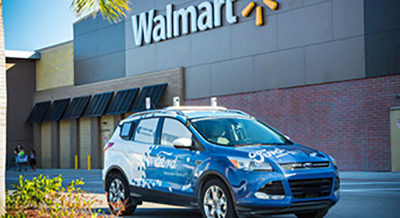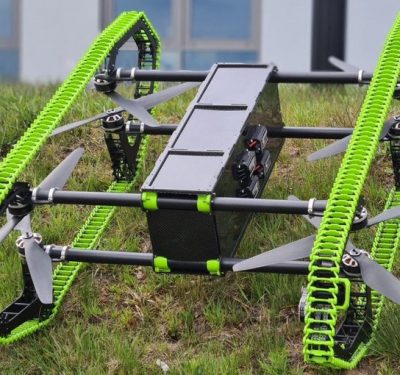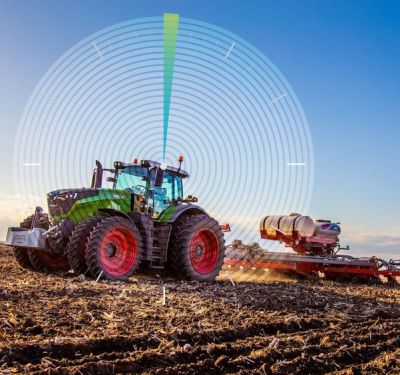
Hyundai demonstrated its HD mapping capabilities at CES with its Ioniq hybrid car. Wikimedia Commons photo by Chu.
When the XXIII Olympic Winter Games take place in PyeongChang, Gangwon Province, the Republic of Korea in February 2018, Hyundai Motor Company plans to show off advances in its self-driving technology.
Hyundai is working with the South Korean government to use the 2018 Winter Olympics as a demonstration event for the automaker’s self-driving tech. The driving conditions should provide a challenge since the roads will be winding and with significant grades. Some also are hopeful that there will be significant snow — a well-known obstacle of sensors used in self-driving technology. Hyundai will use HD maps to overcome these challenges, according to reports out of Korea.
The maps used for the self-driving deployment will have resolution with less than 10 centimeters margin of error, according to the company. The HD maps will supplement the on-vehicle sensors, and the mapping itself is being done by Hyundai’s MnSOFT navigation software. MnSOFT, the official navigation system provider for Hyundai and Kia Motors, uses LiDAR and radar to build a high-resolution point cloud of the area, which is supplemented by images captured by four cameras at a rate of 200 pictures per second.
Hyundai demonstrated its HD mapping capabilities this year at the Consumer Electronics Show (CES) with its Ioniq hybrid car. The demo was designed to show how the automaker could bring autonomous technology to market with a vehicle that has fewer specialized sensors, which means it could be made affordably for everyday consumers.
The Olympics are shaping up to be a key global demonstration opportunity for forthcoming autonomous vehicle tech. Not only does Hyundai plan to show off its SAE Level 4 capabilities next year in PyeongChang, but Toyota has announced it will show off its own autonomous cars during the 2020 Summer Olympics in Tokyo, Japan.
Hyundai’s HD Map is a high-precision 3D map for self-driving cars that includes actual road information such as location of roads, marks on roads, width, curvature, information on slopes, signals, and signs. The technology will be applied first to self-driving shuttles going back and forth between Seoul and PyeongChang, and self-driving cars that will be going around main stadiums in PyeongChang during the Olympics.
According to the automaker, Hyundai MnSOFT is currently collecting 3D data of highways and national highways with data-collecting vehicles that are equipped with high-precision radars and LiDARs. These vehicles collect topographic information by shooting hundreds of thousands of laser beam strands in a second. The HD Map has reportedly decreased the margin of error from 20 to 30 meters for previous maps to less than 10 centimeters through high-precision GPC technology.






